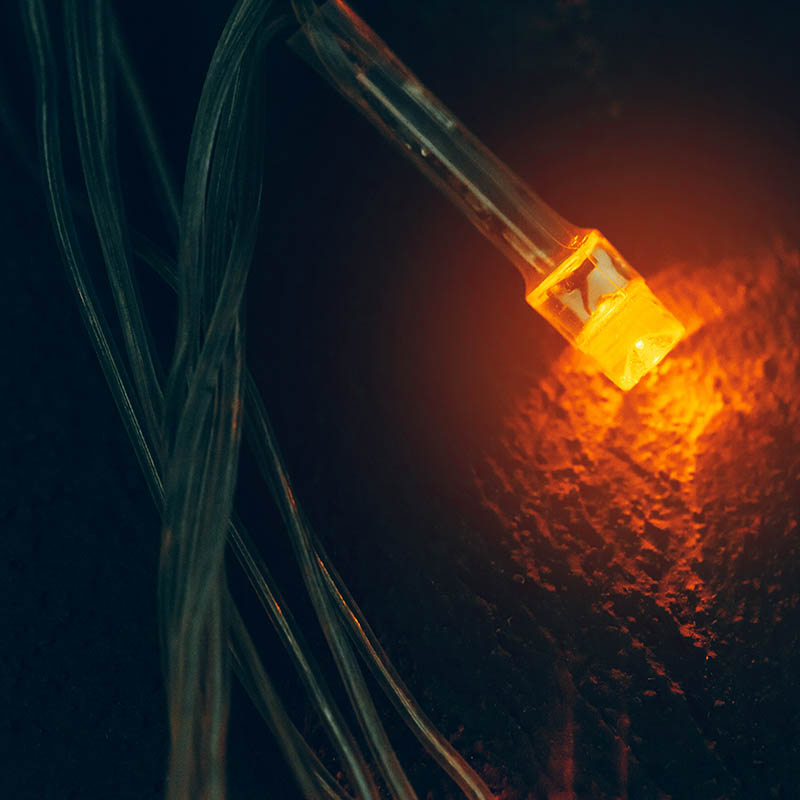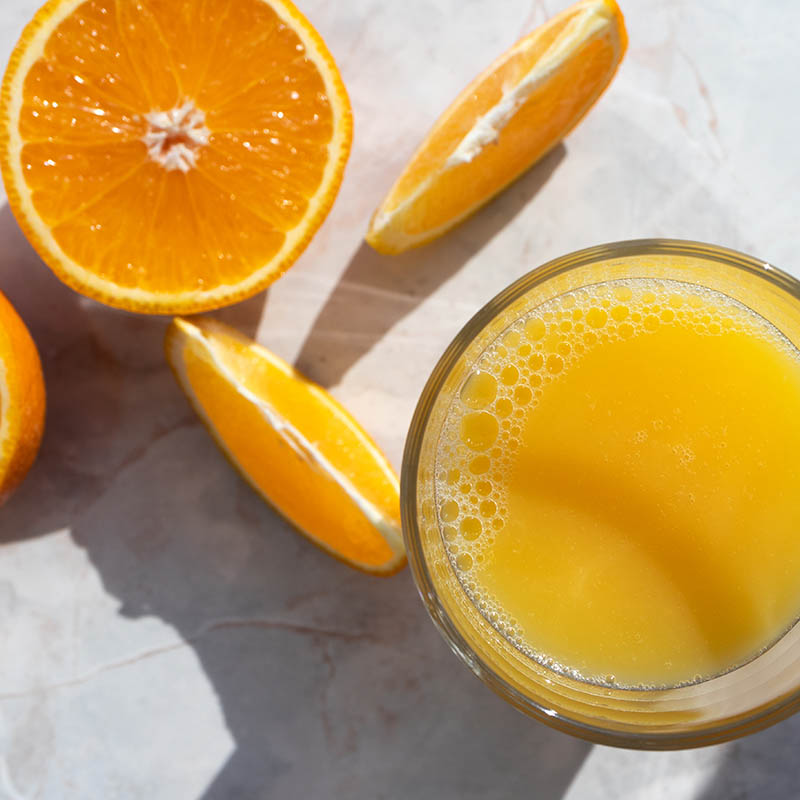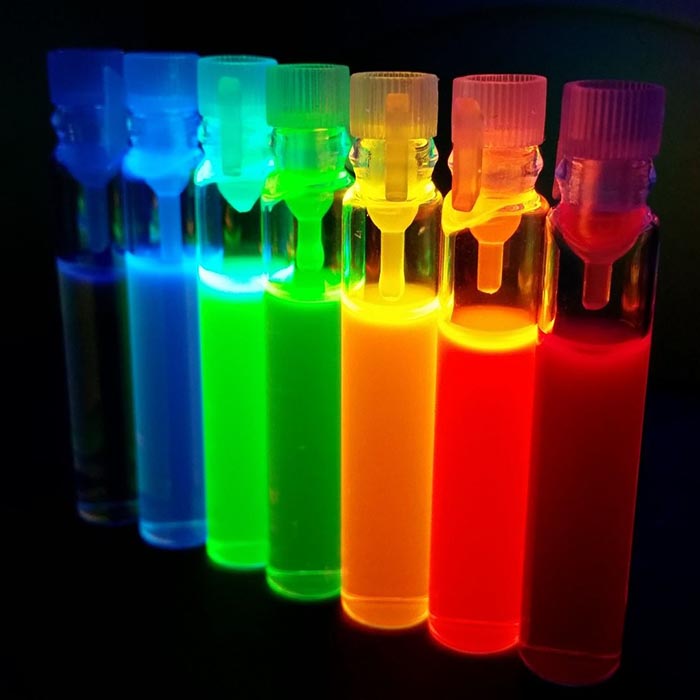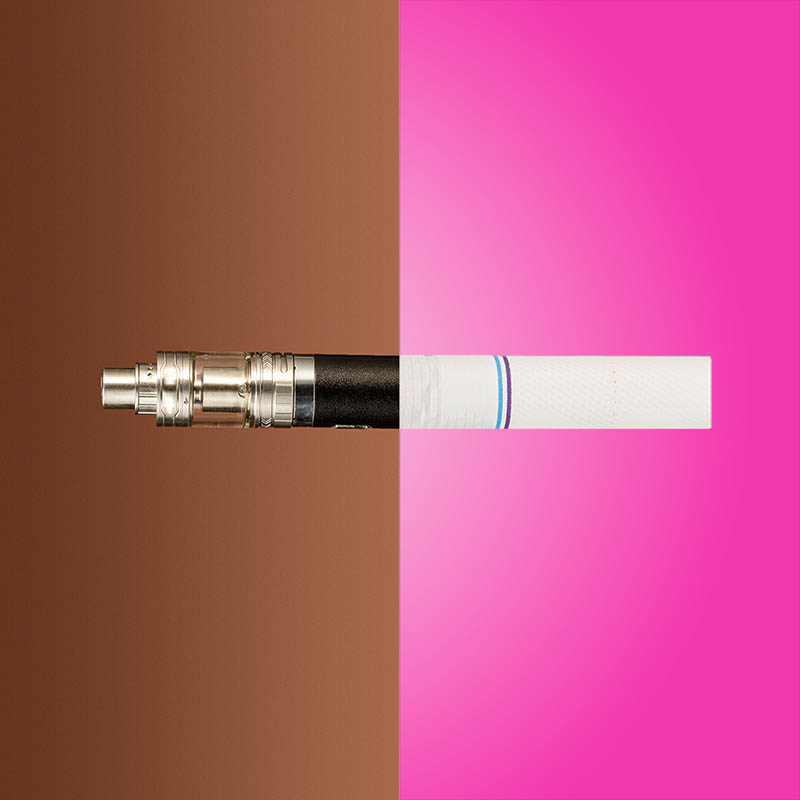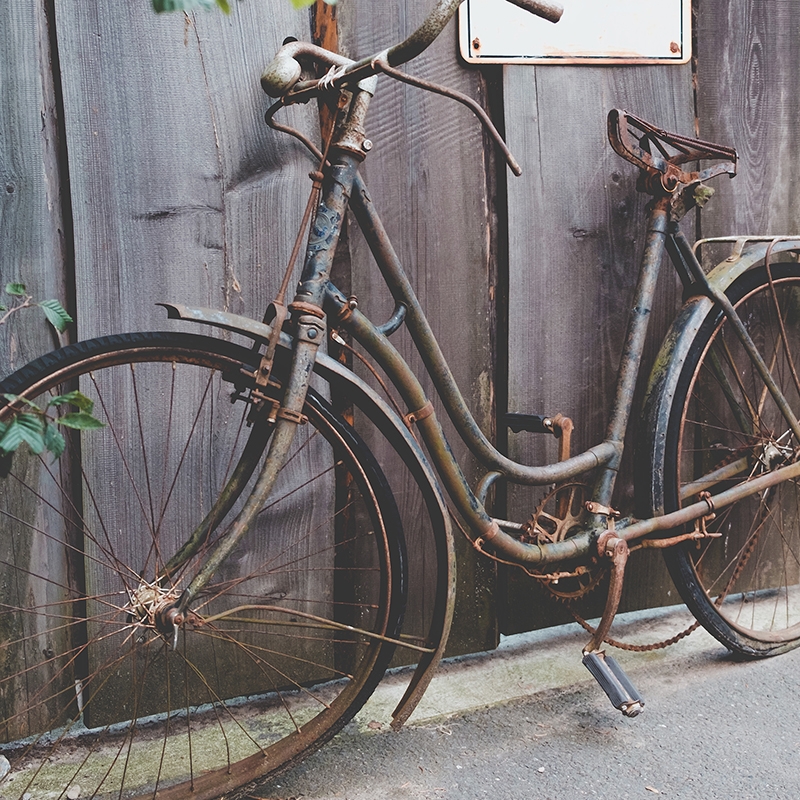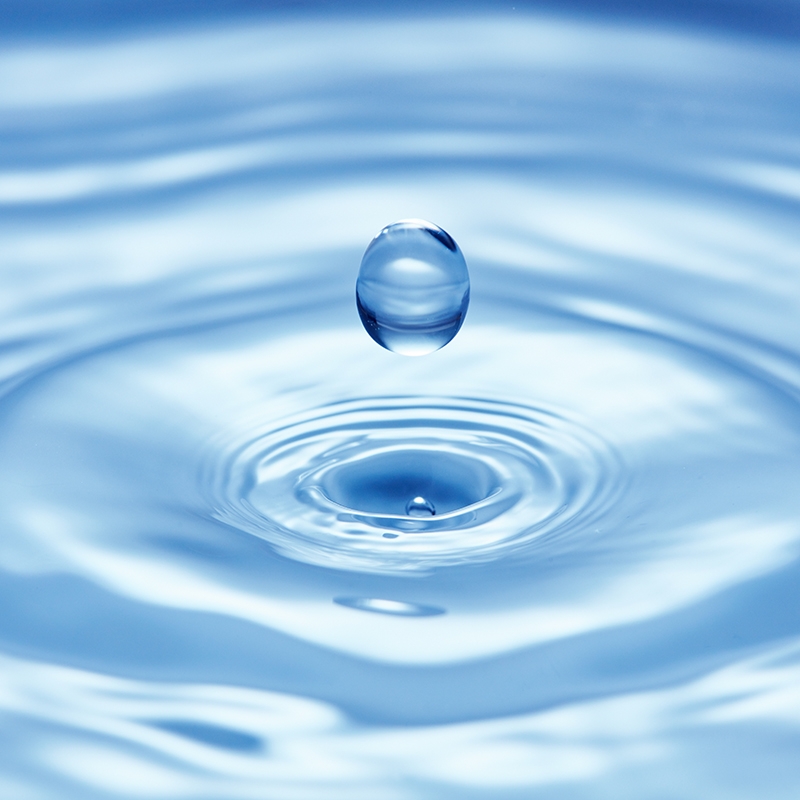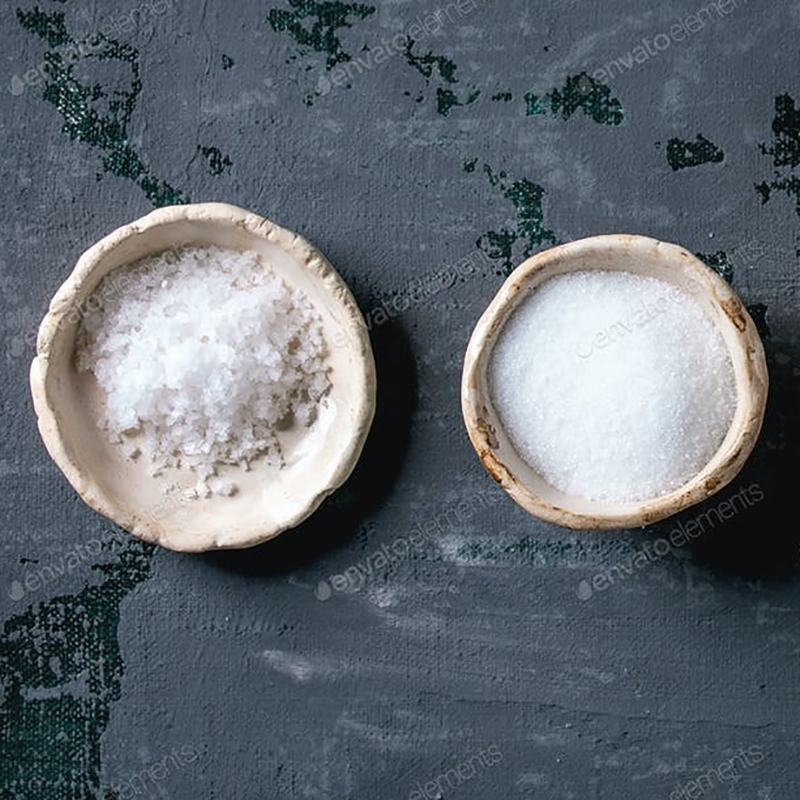Quantifying Live Cell Liquid-Liquid Phase Separation Condensates

By: Lilian G.Year: 2024School: University HighGrade: 11Science Teacher: Tim Smay Liquid-liquid phase separation (LLPS), a process where biomolecular condensates form from proteins or nucleic acids, plays a critical role in various cellular functions by housing diverse chemical reactions. However, the dysregulation of LLPS has been linked to severe health conditions, including tumorigenesis and neurodegenerative diseases. This underscores …

